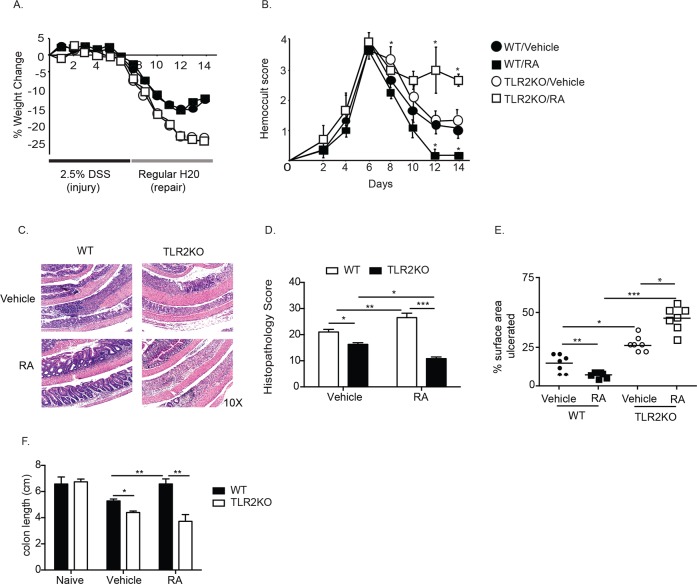Fig 1. RA potentiates colonic injury and inflammation in the absence of TLR2 signaling.
WT and TLR2KO mice were given 2.5% DSS for seven days to induce colonic damage and then placed on normal drinking water for seven days to allow for tissue repair. Upon first presence of fecal occult blood positivity for each, mice were supplemented with RA or vehicle control, which continued for the rest of the disease course. Weight loss (A) and fecal occult blood (B) (n = 10–14 mice per group) were monitored daily. (C) H&E staining of colonic sections of mice at day 14 (after 7 days of DSS followed by 7 days of water). (D) Histology scoring of H&E-stained colonic slides (n = 4 mice per group). (E) The percent of surface area containing ulcerated/denuded epithelium quantified using J Image software. (F) Colon lengths from mice at day 10 (n = 5–6 mice per group). *, p < 0.05, **, p < 0.01 using Students t-test.

